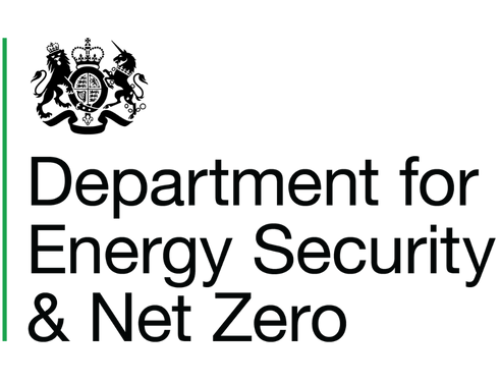A crucial part of strategy advice is finding a common language with your client. The words and assumptions that frame business challenges are the cornerstone of a trusted relationship between consultant and client. For collaborations in the operational phase we are increasingly leveraging the concepts developed in the ISO 55001 standard for Asset Management (previously PAS 55). The standard outlines six core areas:
- Leadership
- Planning
- Support
- Operation
- Performance, and
- Improvement
We carefully select the pertinent parts, focussing on the key concepts that are relevant to client goals.
By way of an example, our client was revising its long-term asset management strategy for its operations and maintenance (O&M) activities in offshore wind (OSW). It was seeking to pursue a self-operator model, with its portfolio on course to treble in capacity in the next seven years. We were asked to analyse O&M market trends, and the impact these have on its revised asset management strategy.
Our client wanted to examine the data, skills and technology solutions that will be crucial to successfully implementing its ambitions for a proactive O&M mindset, such as preventative maintenance and through-life management of asset integrity and reliability.
We approached the work in two phases:
- An outward looking review of the market, and
- An inward looking review of the client, its corporate structure, and its methods of operation.
We considered other large OSW developers/owners, OSW contractors, potential O&M disruptors and O&M in other industries where reliability and maintainability are critical. We created a matrix of cross-functional areas to present a strategic analysis of the industry using a framework with ISO 55001 at its core but directed at addressing our client’s specific objectives. These were:
- In-housing vs Outsourcing – identifying the best sourcing strategy for the key areas of O&M, based on our client’s O&M philosophy and relationships with the supply chain.
- Centralising and standardising – presenting the opportunities and risks of centralising a relatively devolved portfolio, referring to industry experience and aligning with internal structures.
- Cross-functional collaboration – assessing the internal structures within the client, highlighting functional barriers to their wider O&M strategy.
- Supplier relationships – comparing with wider industry trends, and assessing the impact of changing supply chain dynamics, we identified where supplier relationship assumptions needed to be re-assessed to provide greater resilience their portfolio expanded globally.
- Approach to risk – we recommended specific areas to change to their treatment of risk to drive operational improvements.
- Supply chain disruption – we assessed our client’s resilience to disruptive change within the supply chain, highlighting areas of an over-reliance on specific operational methods or on specific supplier relationships.
- Technology and innovation – we reviewed the impact of their internal innovation department, identifying several opportunities to improve its operational impact.
The project informed our clients growth strategy for the rest of the decade. We presented this to their board, recommending a set of actions to future-proof their resilience to both planned and unplanned changes in the industry and the wider supply chain.





